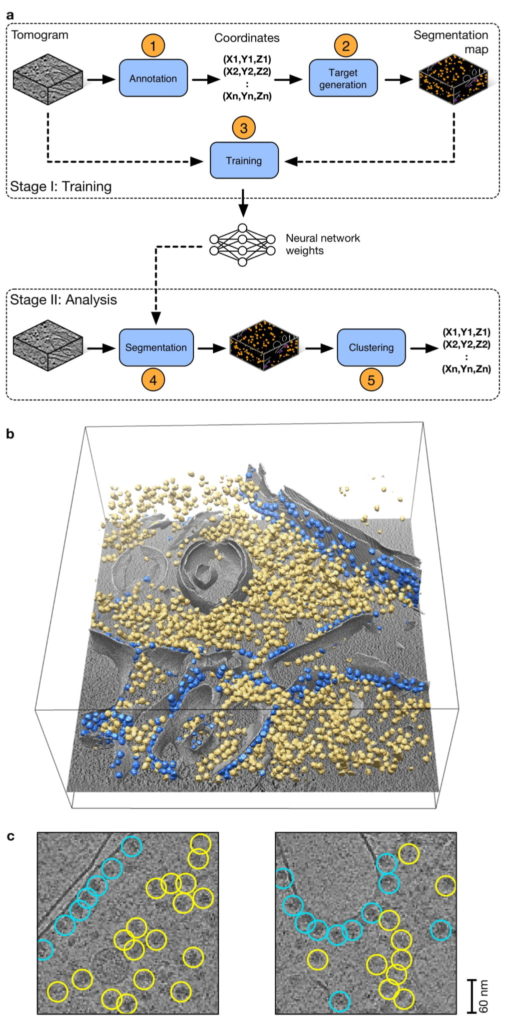The first edition of “Digital Spaces for Research and Medicine” will take place at Institut Curie on July 7th, 2022. This event will be dedicated to providing scientists and clinicians insight into Virtual Reality, Augmented Reality and Mixed Reality based tools that offer novel and powerful ways for visualizing and analysing data in research and medicine. This day will include presentations of the tools followed by hands-on demonstrations. The day will close with an open forum for questions and discussing future perspective. The following tools will be presented:
- MorphoNet-VR (Serpico-STED, Inria-UMR144 Institut Curie and LIRMM): Visualizing live microscopy data (3D+T) in VR
- Genuage (Team LOCCO, UMR168, Institut Curie): visualization and analysis of multidimensional point cloud data, such as single molecule data, in virtual reality
- DIVA (Institut Pasteur, Institut Curie): 3D reconstructions of raw experimental image stacks that are integrated in virtual reality for volumetric analysis
- Tamed Cloud (ENSADLab): immersive VR experience to interact with cloud of images
- HoloTracks (TEAM INRAE-Unité MaIAGE / AVIZ Inria, Paris Saclay): Immersive (AR) visualization of dynamic compounds in living cells
- UnityMol A&VR (UPR 9080, IBPC) : deep inside molecules – digital twins at the nanoscale
Presentations of the tools will be at amphitheater Burg and online (click here to join)
Registration is mandatory for hands-on demonstrations : register here to book your slot!
Program
9 – 9.15 am Welcome coffee
9.15 – 11.30 am Presentations of the tools
11.30 – 1 pm Demonstrations part 1
2 – 5 pm Demonstrations part 2
5 – 6 pm Discussion “Future and perspectives”
6pm Cocktail
